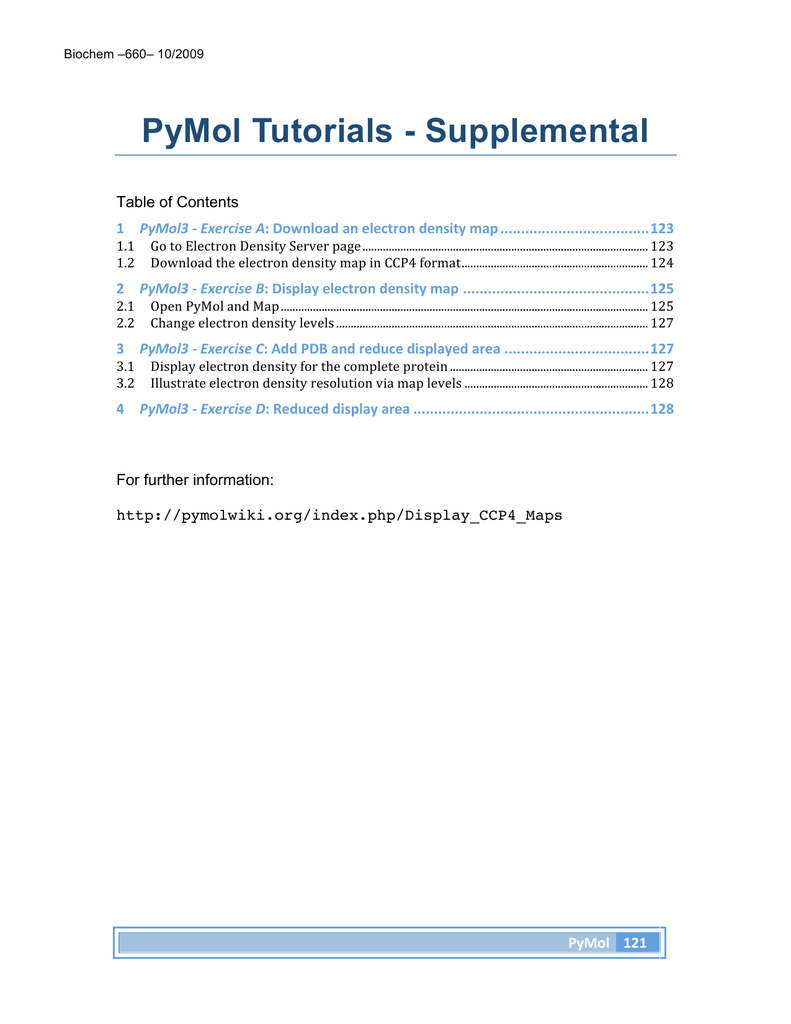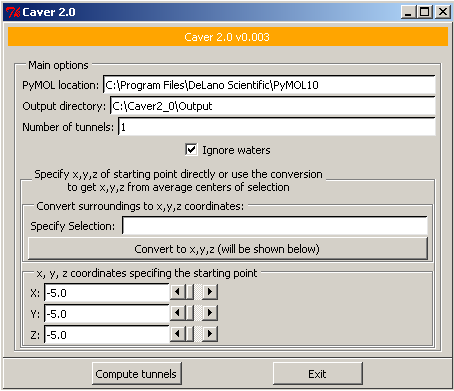

This is a question prompt: try answering it! This an instruction prompt: follow it! This is a PyMOL prompt: write this in the PyMOL command line prompt! This is a Linux prompt: insert the commands in the terminal! Throughout the tutorial, colored text will be used to refer to questions or The HADDOCK web server for data-driven biomolecular docking. The HADDOCK2.2 webserver: User-friendly integrative modeling of biomolecular complexes. We will thus be making use of the results of the DisVis tutorial to setup variousĭocking runs using our HADDOCK2.2 webserver.Ī description of our web server can be found in the following publications:

This is an additional information which might be useful to guide the docking. That it allows to identify the surface residues that are most often contacted in all possible models of the complex To evaluate the information content of MS cross-links and identify possible false positive. The tutorial builds on our DisVis tutorial

(UniProtKB: O14250) and PUP2 (UniProtKB: Q9UT97).įor this complex seven experimentally determined cross-links (4 ADH & 3 ZL) are available The case we will be investigating is the interaction between two proteins of the 26S proteasome of S. This tutorial will demonstrate the use of HADDOCK for predicting the structure of a protein-protein complex from MS cross-linking data. Comparison with the crystal structure of an homologous complex.Setting up the docking with cross-links and the DisVis-derived interfaces (scenario 3).Setting up the docking with the DisVis-derived interfaces (scenario 2).Setting up the docking from cross-link restraints (scenario 1).
PYMOL TUTORIAL AUTHOR HOW TO
Scenarios for docking - how to make use of MS data in HADDOCK.This tutorial consists of the following sections:


 0 kommentar(er)
0 kommentar(er)
